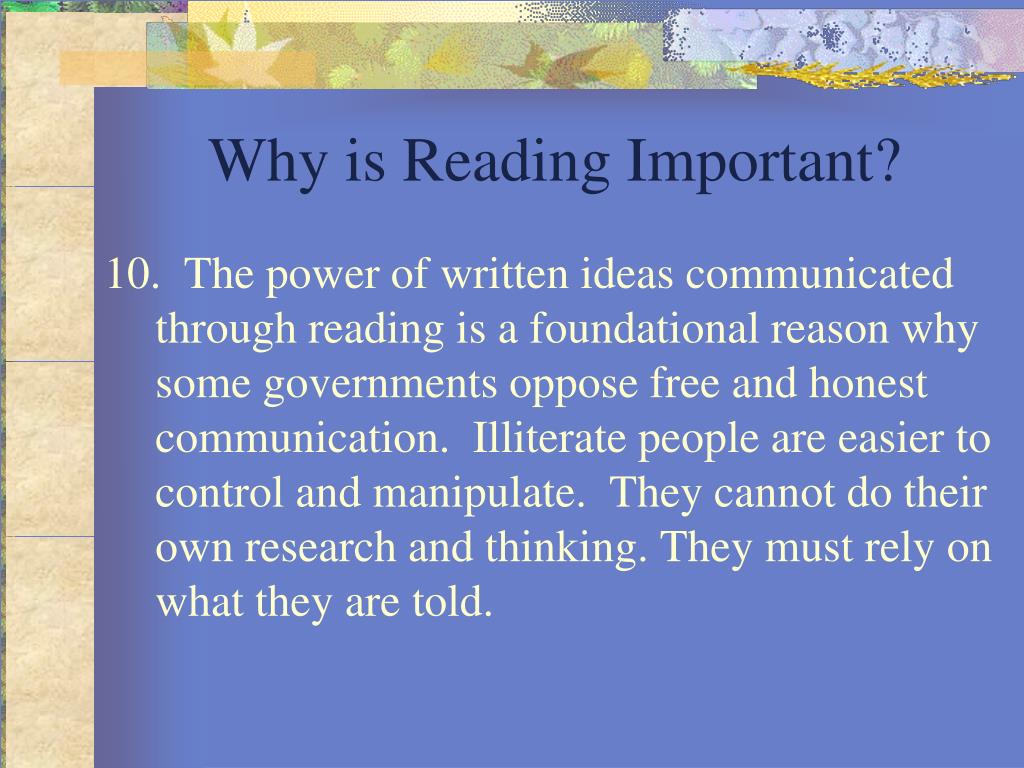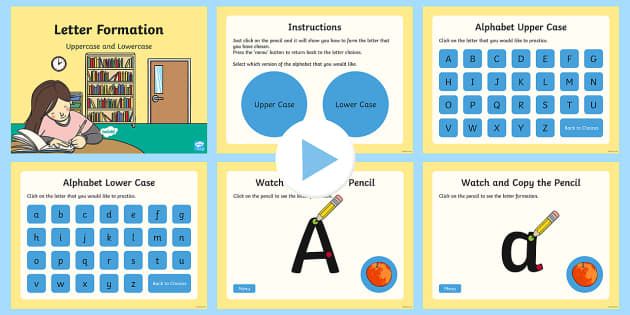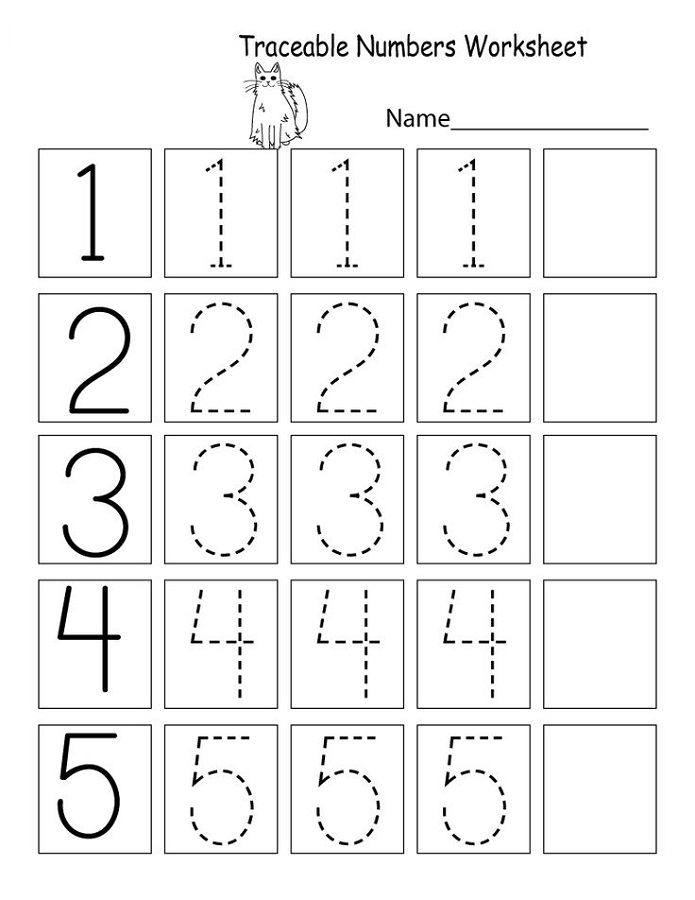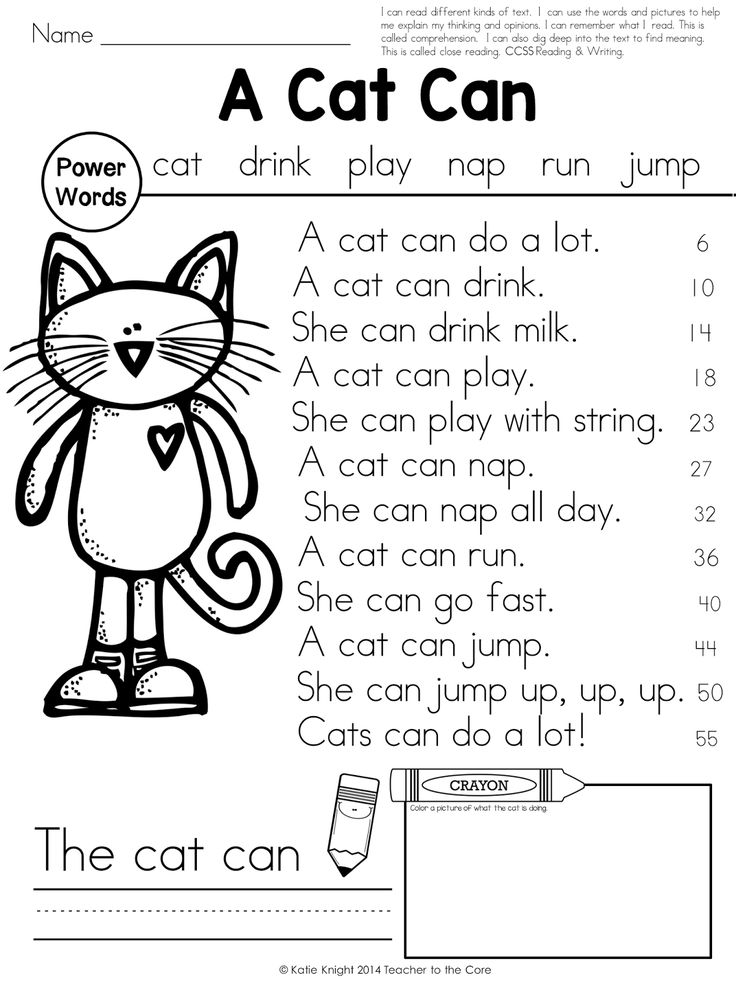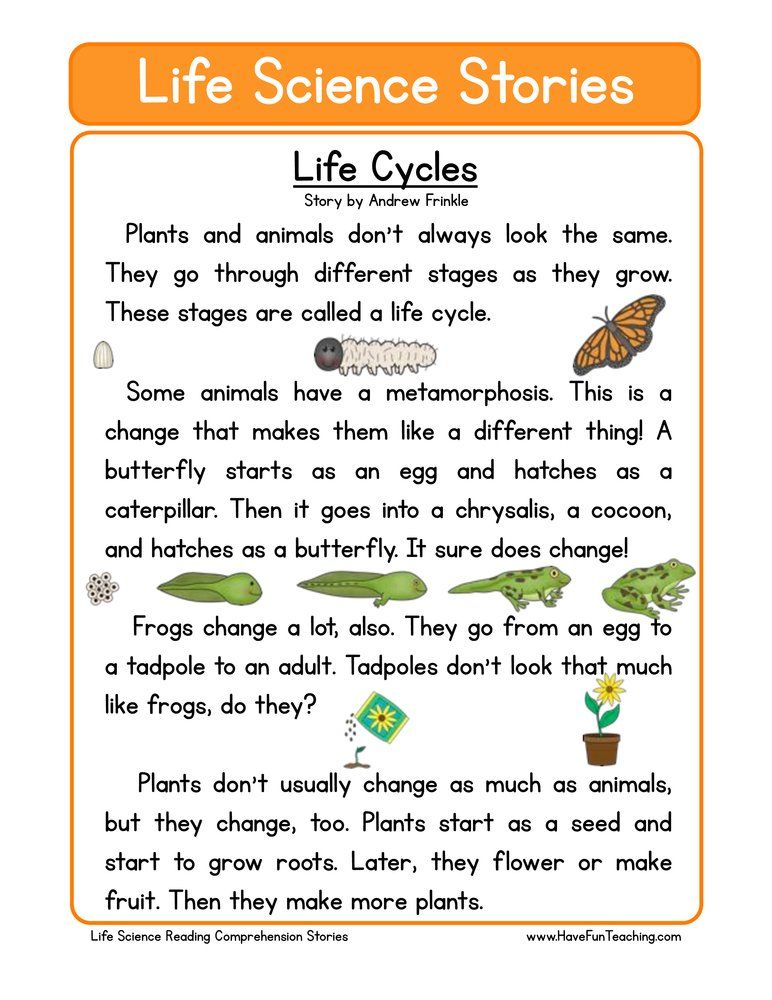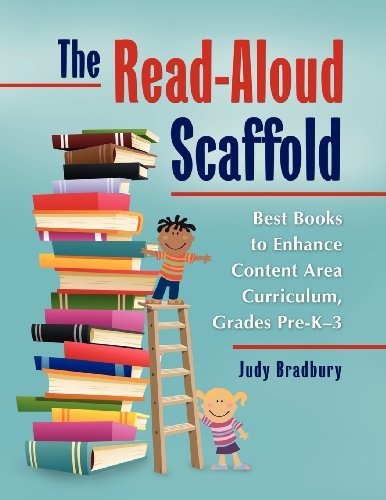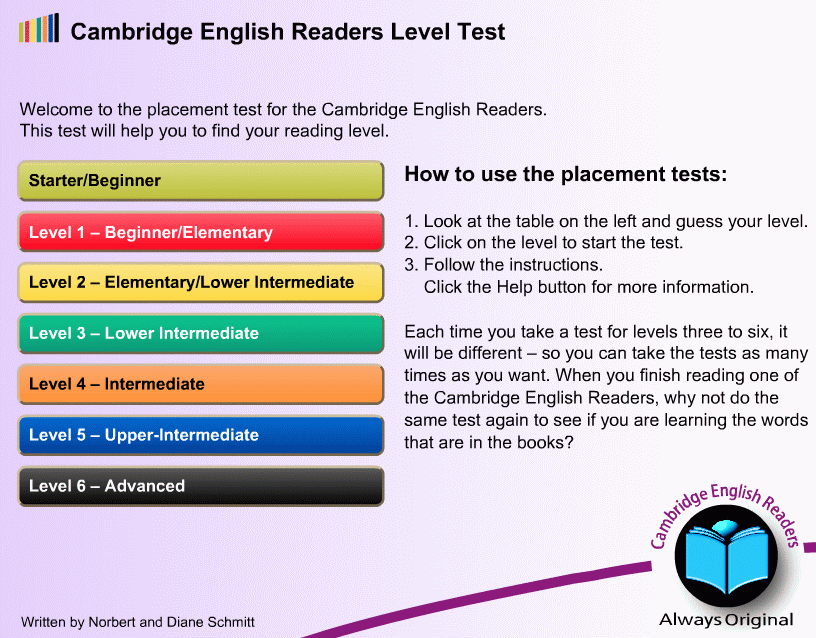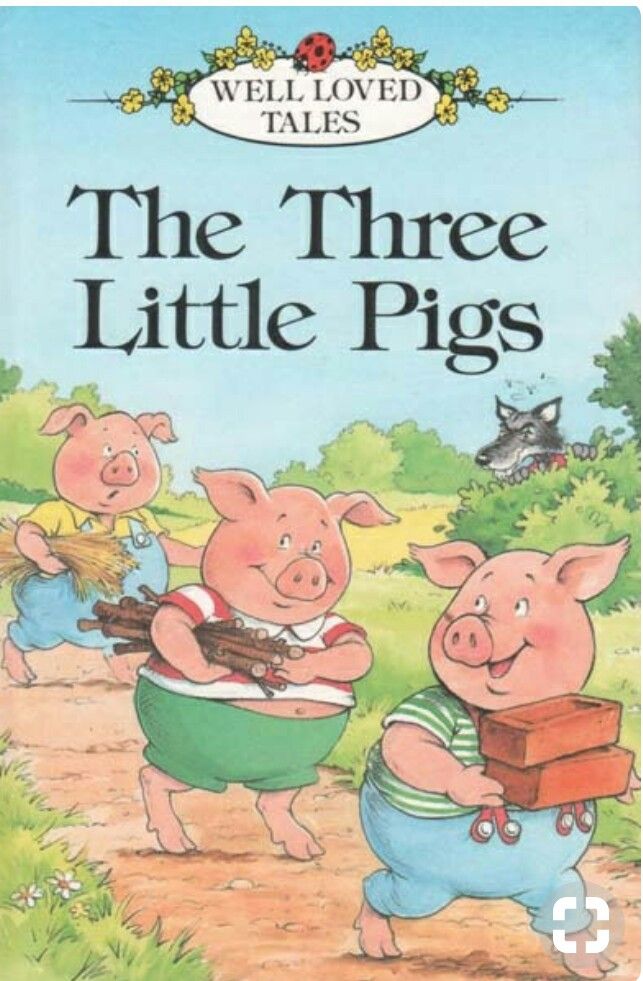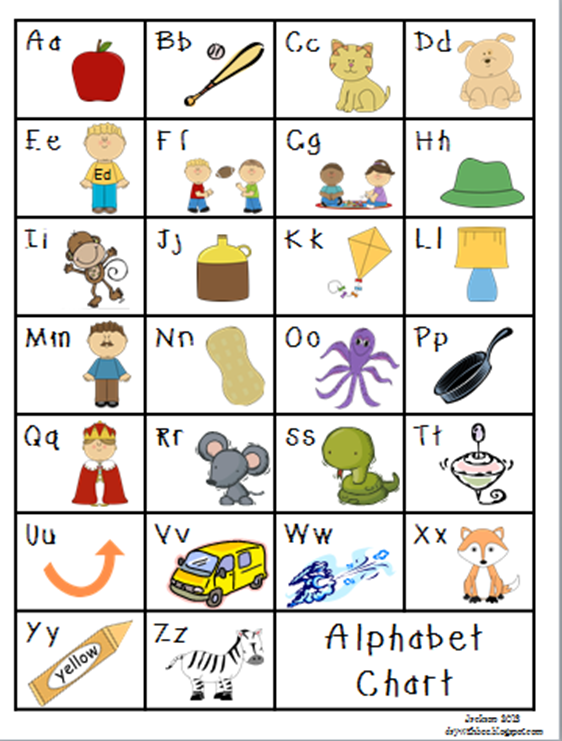Why is rhyming important for reading
Is Rhyming Ability Important in Reading?
Our district is wrestling with how much emphasis to give rhyming as an early literacy skill. We had previously downplayed rhyming as a necessary focus but the new CA ELA/ELD Framework and CCSS where rhyming is specifically called out has resurfaced old questions.
Our struggle is this .... with our very high (87%) English Learner population, rhyming is one of the later skills acquired for these students in preschool through grade 1. Reading research seems to support the idea of rhyming as a prerequisite to reading; exposure to this kind of play with words and "word families" gives children another pathway to reading. However, students who are not native to English miss this early exposure and much of their cognitive energy seems to be taken up with meaning-making. Often in our classrooms it seems we are successful at teaching the students to decode and then have to go back and teach them to identify and produce rhyming words.
Doesn't this defeat the purpose for using rhyming as a building block for reading?
This is not to say that our teachers aren't talking about rhyming words as they are encountered in text or pointing out word families but our question is — as we decide where to put our educational dollar — will an emphasis on rhyming give us a reading payout?
When I was a young reading specialist (a very long time ago), I wondered about this myself — though I certainly wasn’t aware of any research on it. I noticed that some of my low readers were surprisingly thick when it came to rhyme. Rhyme had always seemed automatic to me, and it made me wonder about its role in reading. As a result, I started to check out the rhyming ability of my students (grade 2-6). Just as I suspected, poor rhyming appeared to be an important marker of low reading ability.
What I had informally noticed as a teacher, the research community noticed as well. In the 1980s (and especially the 1990s — though it continues today), rhyming as a precursor to reading became a big issue. It made sense: many low readers struggled with rhyming, the research community was increasingly interested in how kids perceive language sounds, and phonological awareness (PA) became a big deal. It is rare that one sees a list of those early PA skills that doesn’t include rhyming.
It made sense: many low readers struggled with rhyming, the research community was increasingly interested in how kids perceive language sounds, and phonological awareness (PA) became a big deal. It is rare that one sees a list of those early PA skills that doesn’t include rhyming.
There was so much research on this that the National Early Literacy Panel (2008) was able to meta-analyze it. Here is what we concluded:
- Rhyming ability is predictive of later reading achievement, but it had the weakest correlation of any of the phonemic awareness skills. Being able to segment words into single phonemes or to blend phonemes together into words, were significantly better predictors of decoding. (There were no significant differences in these predictors with regard to later reading comprehension growth).
- With regard to the teaching of PA, it was concluded that there were few instructional interventions that used rhyming activities as a primary teaching approach, but that the teaching of letters and sounds had a significant impact on student learning.

What do I conclude from this? First, rhyming ability is a predictor of later reading development, but it isn’t as accurate or sensitive as other skills (like letter naming or phonemic awareness — children’s ability to distinguish or segment single sounds in words). If I noticed a youngster was having trouble with rhymes, I would pay attention to it, but if I was setting up a screening program to identify potential problems, rhyming wouldn’t be the way that I would go.
Given that there are no studies showing that teaching rhyming improves reading achievement (or even makes kids more amenable to and successful with phonemic awareness instruction), I wouldn’t want to spend much time teaching it. There are some recent studies that suggest that as students learn to read, their ability to rhyme improves (McNorgan, Awati, Desroches, & Booth, 2014). Thus, instead of better rhyming leading to better reading, the knowledge of words and letters and sounds allows students to gain access to this somewhat separate skill.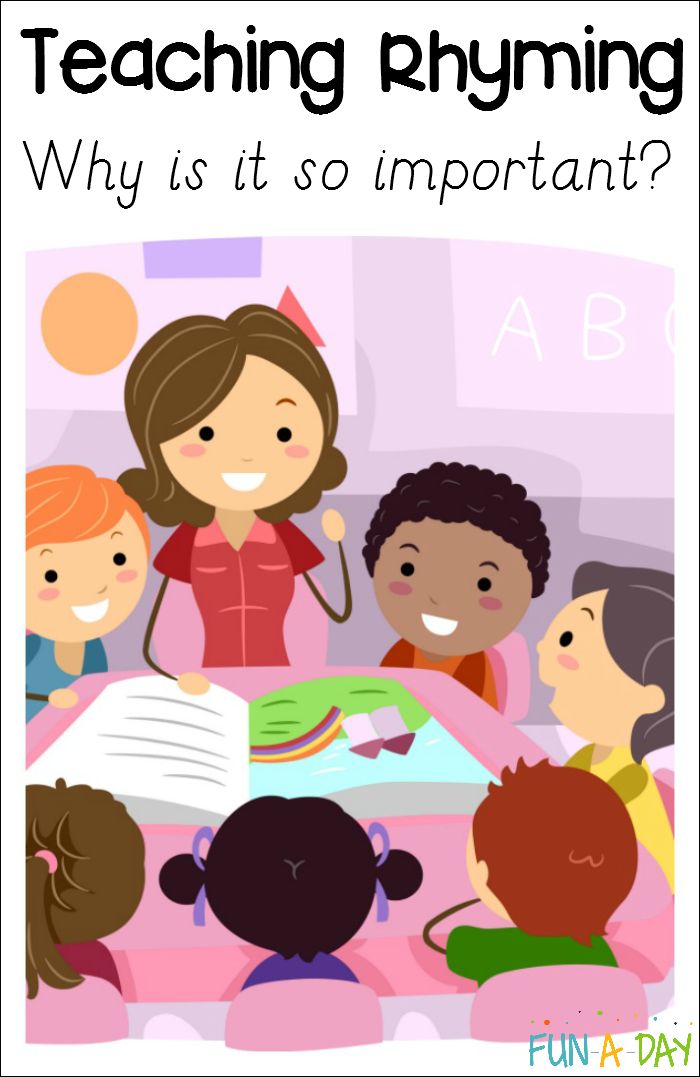
That may be why your second language students do better with rhyming once they can read; they would have greater knowledge of vocabulary and the language in general once they were reading — and these skills are evidently important in rhyming. That is also probably why rhyming has a more similar relationship to reading comprehension as the other phonological skills: These skills have little or no functional relationship in reading comprehension, but they do serve as markers of language proficiency or sophistication. The better one is with language, the better one will be with comprehension. But since rhyming plays little or no functional role in decoding, it is less predictive of decoding skills.
There is no question that all of these various phonological awareness skills — awareness of the sound separation between words, the ability to separate syllables within words, the ability to segment onsets (first sounds) from rimes (b/ig), the ability to rhyme, the ability to segment or blend phonemes are all correlated with each other. But it is the segmenting and blending of phonemes that has functional value in reading.
But it is the segmenting and blending of phonemes that has functional value in reading.
I would not put a lot of emphasis on the teaching of rhyme. It sounds to me like your teachers are approaching this appropriately and the policy is, perhaps unintentionally, steering them in the wrong direction.
Why Is Rhyming Important? - The Measured Mom
PSPKK123November 2, 2016 • 37 Comments
This post contains affiliate links. As an Amazon Associate I earn from qualifying purchases.
Sharing is caring!
Why is rhyming important? We’ve got the answer!
image via iStock(This post contains affiliate links.)
Do you know what’s one of the best predictors of how well a kindergartner will learn to read? It’s if he knows his nursery rhymes.
Jack and Jill went up the hill.
Humpty Dumpty sat on a wall.
Baa, baa, black sheep, have you any wool?
Jack Sprat would eat no fat. His wife would eat no lean.
His wife would eat no lean.
All those nonsensical verses from your childhood really do matter. They matter, because they rhyme.
Why is rhyming important?
1. Rhyming teaches children how language works. It helps them notice and work with the sounds within words.
2. Rhymes help children experience the rhythm of language. As they recite nursery rhymes they learn to speak with animated voices. Someday they’ll read with expression, too.
3. When children are familiar with a nursery rhyme or rhyming book, they learn to anticipate the rhyming word. This prepares them to make predictions when they read, another important reading skill.
4. Rhyming is important for writing, too. It can help children understand that words that share common sounds often share common letters. For example, the rhyming words cat and bat both end with –at.
5. When listening to rhyming songs and poems children create a mental picture, expanding the imagination.
6. Because rhyming is fun, it adds joy to the sometimes daunting task of learning to read.
Also read: How to teach your child to rhyme
Members get more!
Members of The Measured Mom Plus get access to our one-click library of printables, with new printables added each month! Not a member yet? Learn more here.
CLICK HERE TO LEARN MORE
Teach rhyming with our nursery rhyme books!
25 Nursery rhyme books and posters
$6.00
This bundle contains 25 printable nursery rhyme books and posters – in both color and black and white! We love using these little books with new readers. They’re perfect for teaching concepts of print, building phonics and sight word knowledge, and building confidence.
Buy Now
Do you have our little letter books yet?
26 Letter Books of Nursery Rhymes & Songs
$7.00
Print a little book for every letter of the alphabet! Each book contains six nursery rhymes or songs.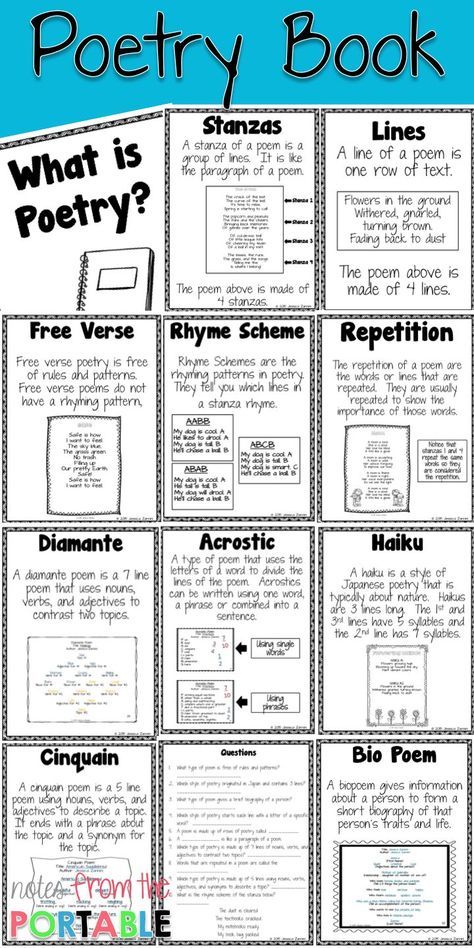 The books come in both color and black and white.
The books come in both color and black and white.
Buy Now
WATCH THE MEMBER TRAINING
In this 7-minute training, members will get quick tips for teaching this important foundational skill.
CLICK TO WATCH THE MEMBER WORKSHOP
Free Reading Printables for Pre-K-3rd Grade
Join our email list and get this sample pack of time-saving resources from our membership site! You'll get phonemic awareness, phonics, and reading comprehension resources ... all free!
Sharing is caring!
Filed Under: Reading, Pre-reading Tagged With: kindergarten, Pre-K, rhyming, preschool
You May Also Enjoy These Posts:
How to teach writing in kindergarten
The best book lists for early childhood
Reader Interactions
Trackbacks
The power of rhyme: why it is important to read poetry to children
Olesya Akhmedzhanova
“If the Christmas tree had legs, it would run along the path…”, suddenly remembered the lines of the poem that I learned in childhood with my mother. And although I am already an adult, this information does not go anywhere: the story about the Christmas tree is firmly planted in my head. So today we are talking about poetry. Why they are useful, how to read them correctly and which books to choose.
And although I am already an adult, this information does not go anywhere: the story about the Christmas tree is firmly planted in my head. So today we are talking about poetry. Why they are useful, how to read them correctly and which books to choose.
Why read poetry to a child
Poetry is one of the methods for developing a child's speech. They are built on sound combinations: “bee” rhymes with “tree”, “toy” with “cracker”, and “heart” with “ring”. Such a fun phonetic game with sounds gradually prepares the baby for reading and develops a sense of language. The child listens to the words and understands how one can combine one sound with another. And kids easily memorize verses, which means they develop memory and thinking.
I want to look out the window,
Go to sleep soon cat
Instead of me
Poems also help when studying letters. To fix any sounds, you can use rhymes: for example, when you pass the letter “sh”, tell us about the cat on the window, “h” about the titmouse and the fox, “e” about the piglet and the naughty child.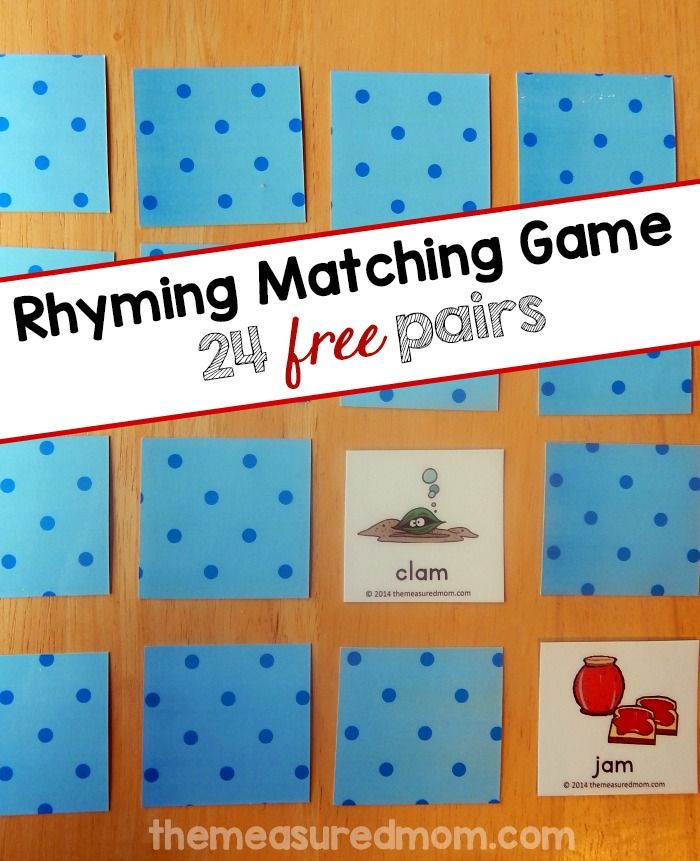 Or come up with your own original examples.
Or come up with your own original examples.
How to read poetry
Start a tradition of reading poetry to your baby before bed. It is important to do this with expression: sigh loudly, be surprised, admire or laugh. Start with simple couplets and quatrains. Choose, for example, classic textbooks.
Skok-jump,
My horse,
Now a meadow, now a bridge.
Clay head,
Straw ponytail.
Poem and illustration from the book "Let's Read"
Then move on to more complex poems: with enumerations, interesting rhymes, or a funny plot.
He also ordered a pie
with centers inside,
Two full vases of jelly,
cream - three,
Four strudel
(say,
so as not to spare jam), , ,
curd puddings
five pieces
and six servings of cream
A poem and an illustration from the book "The Prince and the Svintus"
Poems + illustrations
Another childish (and we must admit, ours too) love: when there are poems in the book, "seasoned" with beautiful illustrations.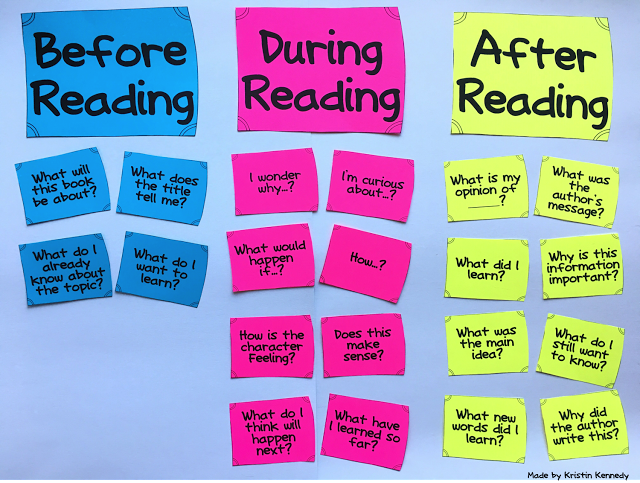 They can describe the plot and show the characters.
They can describe the plot and show the characters.
... They danced
from morning to afternoon:
plié, relevé! batman, pirouette!
Poem and illustration from the book "Little Ballerinas"
Or be an independent work of art, which is successfully complemented by poetry. As, for example, in the amazing "Beautiful Book of Animals".
If we decide to become a flamingo for fun,
We need to get bright pink feathers:
We will be of a different color - we won’t find a match,
Not a single flamingo will build a better house nearby 9004 9002 ... this delicate color has been preserved,
We will have to get dinner right in the mud.
A poem and an illustration from the book "A beautiful book about animals"
In such books, you can look at pictures and melodiously accompany them with poetry reading. So you will introduce the child to the world of animals and, perhaps, learn with him the first verse about the mighty tiger, the pensive chameleon and the tender butterfly.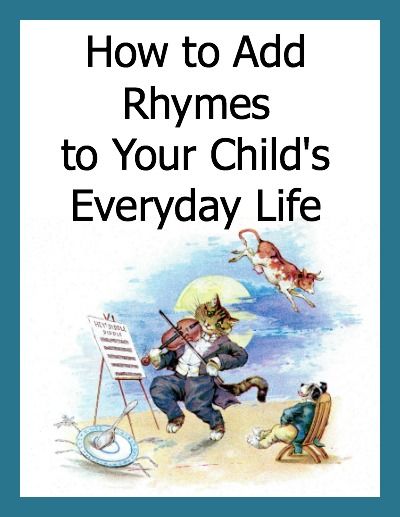
6 funny and beautiful poetry books
Every year we release bright and unusual poetry books. We choose the best: with high-quality illustrations, funny and melodic poems that you want to read, reread and learn by heart. They are perfect for introducing a child to rhymes.
A cute, funny poem about a boy who does not want to go to bed and offers his mother to put someone else to bed instead of him: a dog, a cat, a fish, a brother, a neighbor… Is this situation familiar to you? Of course, it's such a shame to go to bed when everyone is still awake, and there are so many interesting things going on around! This is a good book to read before bed. The kid recognizes himself in the hero, and perhaps, along with the book, there will be a way to go to bed with a good mood, and not a scandal.
A classic reader for the little ones: a collection of fairy tales most loved by kids, as well as poems, stories in pictures, the first cognitive information about the world around. All the main characters are animals, and the stories are based on how the baby's day goes. So he wakes up, and his beloved mother meets him, and at the very end of the book, he goes to sleep under a lulling poem.
All the main characters are animals, and the stories are based on how the baby's day goes. So he wakes up, and his beloved mother meets him, and at the very end of the book, he goes to sleep under a lulling poem.
The book is about a child's boundless fantasy, the ability to see the good in any situation, to believe, hope and be able to wait. She explains that you need to keep your promises, be patient and friendly, protect the weak, take care of your pets, and not betray your friends. The book contains bright, realistic illustrations and poems that are easy to remember. Read the story several times, and the child himself will be able to reproduce the text from memory by looking at the pictures.
This is one of our most beautiful animal books. It has green forests, yellow sands, sea depths and dense jungles. Instead of the usual text in the book, there are verses. They were written by the author of numerous children's books, the winner of literary awards and a zoologist by education, Nicola Davis. She studied whales, bats and even worked for the BBC's Wildlife channel. In 2017, the book won Best Science Book for Children and won the Royal Society's Young People's Book Prize, the Royal Society's science award that selects outstanding non-fiction books from around the world.
She studied whales, bats and even worked for the BBC's Wildlife channel. In 2017, the book won Best Science Book for Children and won the Royal Society's Young People's Book Prize, the Royal Society's science award that selects outstanding non-fiction books from around the world.
This charming tale of friendship, interaction, the challenges and joys of ballet will appeal to all dancers and audiences, regardless of age. The wonderful poems of Marina Boroditskaya are easy and fun to read. And dynamic and atmospheric illustrations are so nice to look at.
When funny characters, great poetry, and cool illustrations meet, great books like The Prince and the Svintus come together. English writer Peter Bentley came up with it while looking at his son Theo, "who eats everything he sees." Despite the fact that the verses seem simple, not only kids will enjoy, but also moms and dads, grandparents. This is an uplifting book for children ages 4 to 104 when you open it.
Post cover freepik
Lesson of literary reading on the topic "Peculiarities of rhyming in the poems of A. Bely "Spring", F. Tyutchev "How cheerful the roar of summer storms ...", S. Marshak "How winter worked!"
Rhyme subordinates poetic speech to a new patterns, making it more pleasing to the ear and easier to understand; delimiting individual poems, she seems to share them, but in fact binds them together. Rhyme is one of ways to combine individual views. Upbeat and vibrating in tune with the mood poet, the feeling of the perceiver (listener, reader) is waiting for rhyme and therefore experiences delight in hearing it.
Lesson objectives:
- get acquainted with the verses, which combine three types of rhyme;
- to understand the content of this technique;
- to develop and enrich the speech of students;
- develop attention, creative imagination;
- educate interest in the subject and culture communication.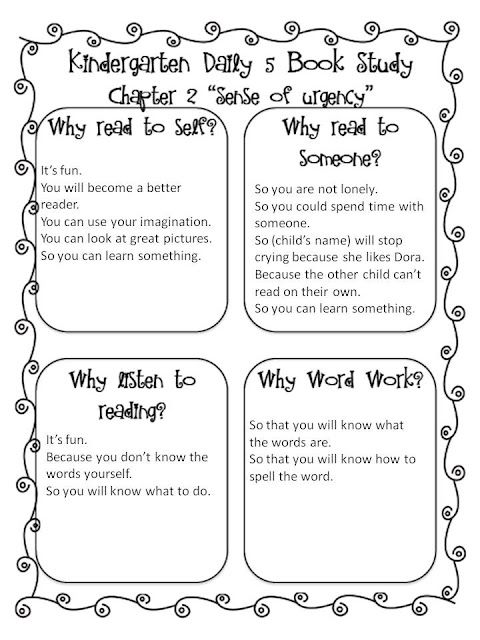
Equipment: literary reading textbook 4 class of N. A. Churakov; cards; rhyme schemes.
Lesson progress
I. Checking homework. Preparing for perception
1) - Solve the charade and you will know what we are talking about Let's talk in class today.
The first syllable is a sea rock,
Second from mother dear,
And together we get the word,
Which you will find in any stanza. (riff-ma)
- Remember what kinds of rhymes we met in the last lesson? (steam room, cross, covering)
- Use circles to show these views on the board rhymes and match with the title.
2) - At home you were preparing an expressive reading poems by A. Pushkin "Winter Road". Which kind of rhyme in this poem? (cross)
- Let's listen to the reading. (Children reading poems)
3) Work in groups (each group is offered poetry card).
- Determine the type of rhyme:
A) The hostess left the bunny,
A bunny was left in the rain.
I could not get off the bench,
Wet to the skin.B) He wanders importantly across the meadow,
Comes out of the water dry,
Wears red boots,
Gives soft feathers.C) The sun walked across the sky
And ran behind the clouds.
Hare looked out the window,
It got dark.D) Instead of a tail - a hook,
Instead of a nose - a patch,
Piglet full of holes,
And the hook is swivel.E) They say at dawn
Gathered on Mount
Dove, goose and jackdaw ...
That's the whole count.E) The fox was rye,
The fox found a penny.
(Each group reads their card, calls type of rhyme)
(All verses use the same rhyme - steam room)
- Output: In children's poetry and small genres folklore often uses a paired rhyme.
II. Work on a new topic
1) - Read the poem (p.163-164). Determine the type of rhyme. Take your pencils and connect rhyming words. (Rhyme inclusive)
- Why did the poets choose this rhyme? (Comprehensive rhyme, as it were, loops the depicted, creates a coherent finished picture).
– Is it a coincidence that it was the spring that inspired poets, prompted them to turn to this rhyme? (Of course, not by chance. In spring, the weather is often is changing. This rhyme helps convey it variety of spring changes. And in general creates a picture of the coming spring.)
2) (Expressive poetry reading for 2-3 people)
III. Fizminutka
IV. Continuation of work on topic
1) Analysis of the poem by S. Marshak “How winter has worked!”
- Does it happen that in one poem does the poet use three types of rhymes at once? (Children's suggestions)
2) Expressive reading of a poem by a teacher (p.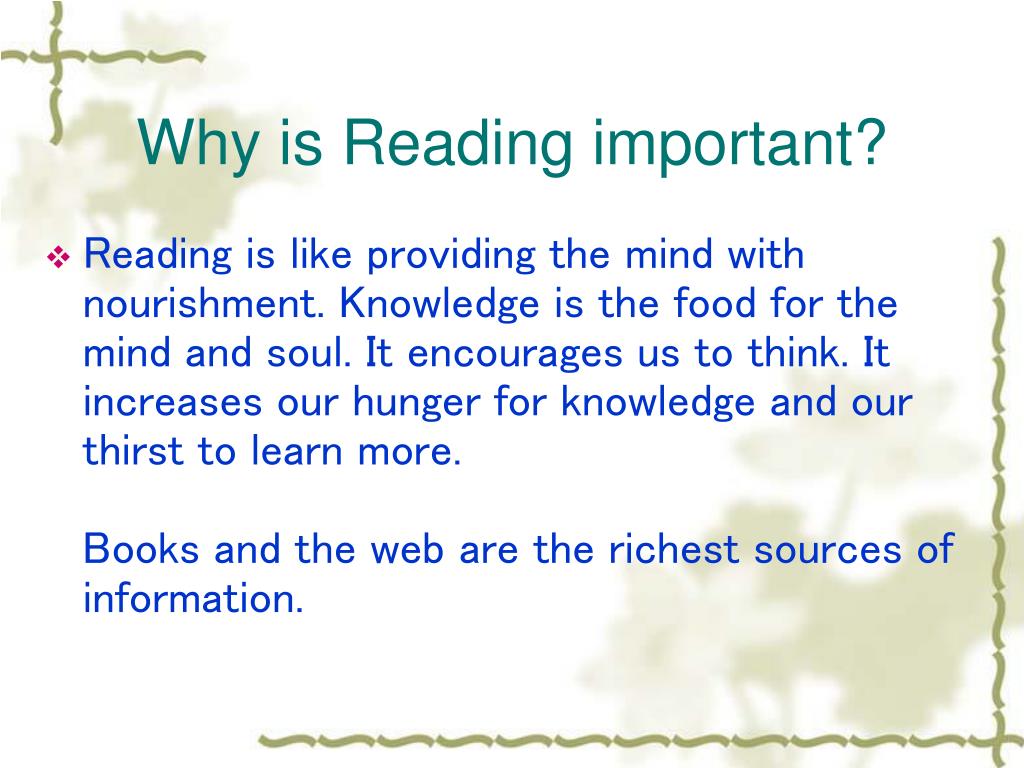 164)
164)
– Did you like the poem?
– Read the poem yourself and determine what types of rhymes the poet used.
(Guys should discover that in the first quatrain rhyme steam room; in the second - cross; in the third - coverage).
3) Group work
- Now we will do research work. We will try to summarize our knowledge on topic “Rhyme” and fill in the table.
| Types of rhymes | Image created by rhyme |
| Steam room | |
| Crossed | |
| Grapple |
Work is carried out in groups. Each analyzes one quatrain each of S. Marshak's poem “How the winter worked!” and choose from a row word cards revealing the image created this rhyme.
Job
- Read your passage again. Pay attention to the pace of reading.
- What picture was created by the poet using this rhymes?
- Does this painting have a complete character?
- How do you feel about the painting created by a poet?
- Choose the right cards.
Answers from each group are heard and columns of the table are filled.
| Types of rhymes | Image created by rhyme |
| Steam room | Energetic, emotional, cheerful |
| Crossed | Calm, measured |
| Grapple | Balanced, complete, finished |
V.
 Burime game
Burime game
- Now you know three types of rhymes. I offer you try yourself in the role of poets and compose quatrains using this rhyme. Such The game is called Burime.
(Children are offered a rhyme. You can compose according to groups).
Capel - April
In the spring - home
( For example:
Drops are ringing outside the window.
April begins.
Oh, what a beautiful spring!
We don't want to go home!)
– What type of rhyme is used? Why? (Steam room rhyme, it is the simplest)
VI. The result of the lesson
- So the lesson is over!
Let's sum it up soon!
- Tell me, what did you learn in the lesson?
- What happened?
– What was difficult?
- Each of you has a ladder of five steps. Use it to evaluate your work in class.